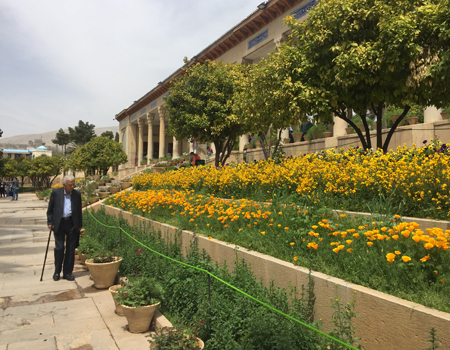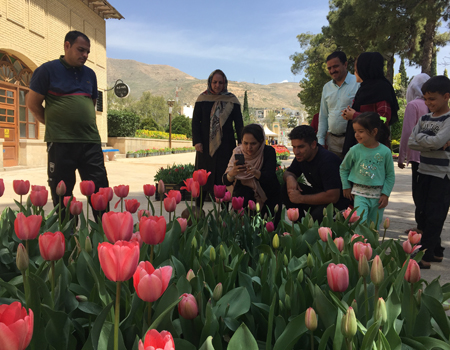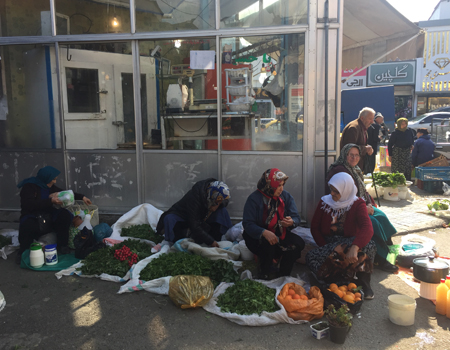Fieldwork in Iran
I went to Iran to study the social rituals that surround Persian New Year or Nowruz, literally translated as ‘new day’. Nowruz falls between the 20-22nd of March every year based on the solar calendar, marking the first day of Spring. The celebrations last almost three weeks and the theme of nature is emphasized throughout the celebrations. On the Wednesday before Nowruz, families celebrate Charshambe Soori, where people jump over small fires to gain strength from the fires for the coming new year. On Nowruz, and for the following 13 days, every family sets up a Haft-Sin which includes various symbolic ornaments that symbolize rebirth, health, properity, love etc. Durign Nowruz, there are 13 days of deed o bazdeed, seeing and reseeing of family members, friends and neighbours. This interaction helps reinforce familiar relationships, show respect, and reunite the family. On the last day of Nowruz, people leave their homes to enjoy the nature and picnic outdoors. They throw away the greenery they had planted for the Haft-Sin into running water for good omens. My ethnography was based on participant observation as well individual and group interviews. I inquired about the rituals of Nowruz, what they represent to people, how they have changed over the years, and how they relate to current day politics and economics.
The Garden of Paradise

The word ‘paradise’ can be traced back to the Persian word paradaijah, or walled-enclosure, a word that denotes Persian gardens as representations of earthly paradise. Parks, gardens, and nature play an important role in the Iranian imagination and social culture, and their importance is emphasized during Nowruz, when the start of spring symbolizes rebirth. These gardens are also a recurring theme in Persian poetry. The image above shows a man appreciating the beauty and splendour of the gardens at the tomb of the famous Persian poet Hafez.
Appreciating Nature in the 21st Century

During Nowruz, many families visit parks together. The image shows an extended family standing together in appreciation of beautiful flowers in Shiraz’ famous Park Afifabad. The image captures the widespread use of technology and photography to eternalize the memory of the plants and the role of technology in changing family dynamics in parks.
Women Selling Vegetables at the Market

The image above captures rural women selling vegetables and fruits at a bazaar in Ramsar, Iran. The gendered-aspect of the image begs the question of how the profits are gathered, saved, and spent by the women within families. Moreover, the female-majority seen in this vegetable-market stands in stark contrast to the male-dominated arena of Persian carpets in other bazaars – shedding light on gendered differences in the workspace of bazaars.
